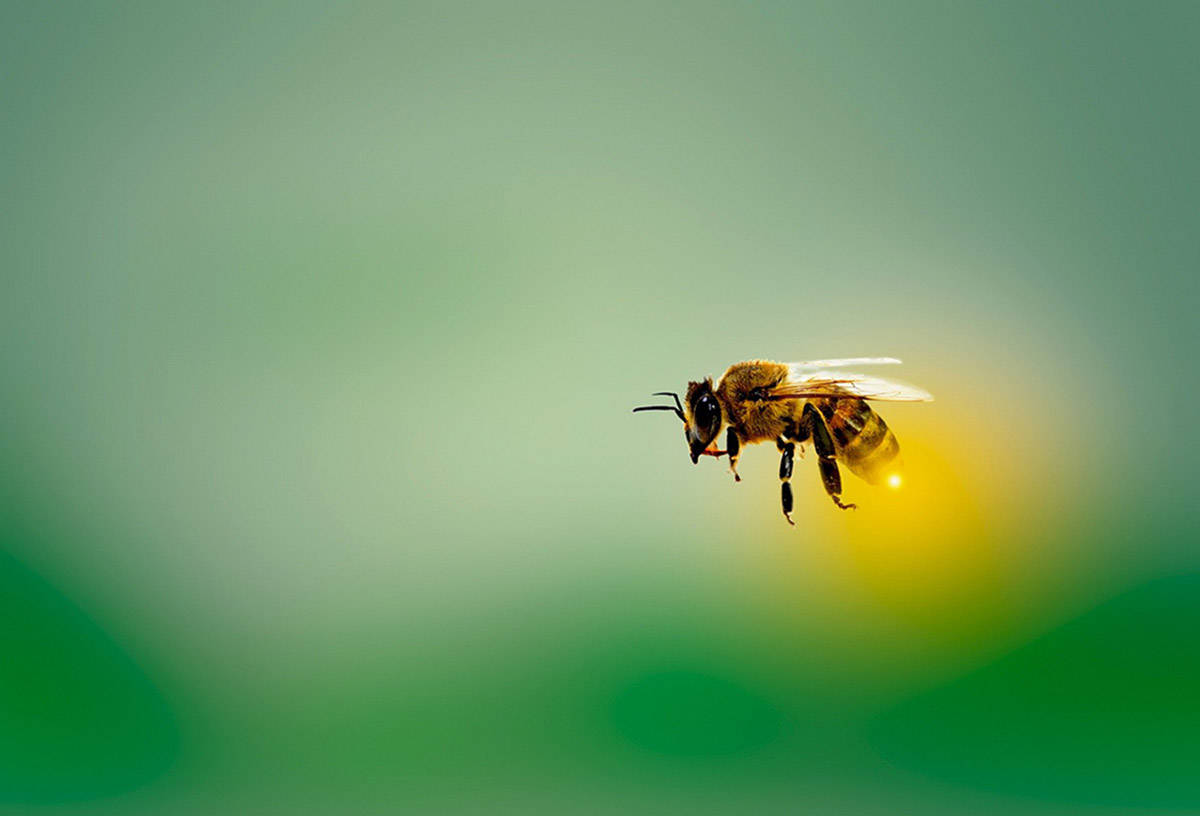By Salina May
As bees around the globe face habitat loss, climate change and intensive agricultural practices – leading to a steady population decline and sparking concern from scientists – a group of researchers have started to look at how hemp and cannabis fields impact the flying insects.
Honeybees alone directly contribute $2.57 billion per year into the Canadian economy, according to Statistics Canada. But the important agricultural pollinators have been dealt heavy blows due to mono-cropping and heavy use of insecticides.
According to researchers from Cornell University, there are steps cannabis and hemp growers can take to do their part in supporting the population.
While hemp fields can contribute to a bee’s health by providing pollen, a nutritious source of proteins and fats for bees, cannabis fields aren’t as helpful.
The reason? Only male hemp or cannabis plants produce pollen, and most cannabis crops are exclusively female plants.
Female hemp plants can be grown to produce cannabidiol (CBD), an ingredient found both in hemp and cannabis that is used for its health benefits including pain management, sleep disorders, as well as mental health illnesses. Meanwhile, female cannabis plants are grown for medical and recreational cannabis flower and extracts.
Male cannabis plants are typically only grown for breeding purposes and are not part of large outdoor cannabis crops that may benefit bees. Male hemp plants, however, are grown as an agricultural crop for grain and/or fiber, and these are the plants that will produce the nutritious pollen that helps bees and other pollinators.
These hemp plants can be extra beneficial to bees due to the timing of their pollen production. Hemp produces pollen in late summer and early fall, after most other crops have finished producing pollen, providing “nutritious pollen during a period of resource scarcity for pollinators,” according to the Cornell study.
The timing of this industrial hemp pollen source can be especially helpful as most other crops have finished with pollen production by this time, thus hemp can provide an important food source when other sources are not readily available.
The study also found that certain traits were more advantageous in hemp plants than others. For example, the taller varieties of hemp tended to attract a wider diversity of bee species, which has the potential to help not only with the domesticated honeybees that are used for agricultural pollination, but also can help wild bees that are experiencing population decimation. Up to 16 species of bees were found pollinating the tallest hemp plants in the New York state study.
Canada has seen a rapid increase in industrial outdoor cannabis cultivation in recent years – measured at an estimated 1200 acres grown outdoors in 2020, up from 450 acres in 2019. But with almost all of those plants being female, and not producing pollen, it appears hemp fields are the better reprieve for struggling bees.
Hemp has been legally grown in Canada since 1998, and approximately 92,000 acres of hemp were produced in Canada in 2019.
The study suggests that cannabis and hemp producers should employ best agricultural practices to minimize impacts on pollinators, particularly when it comes to appropriate pest management.
According to the Cornell researchers, this can include understanding pest life cycles in order to optimize the application of chemical insecticides, but also using non-agrochemical pest controls such as biological pest controls.
Through many different best practices that keep the yellow-and-black-striped bees top of mind that the pollinators will have the best chance at a population comeback.

